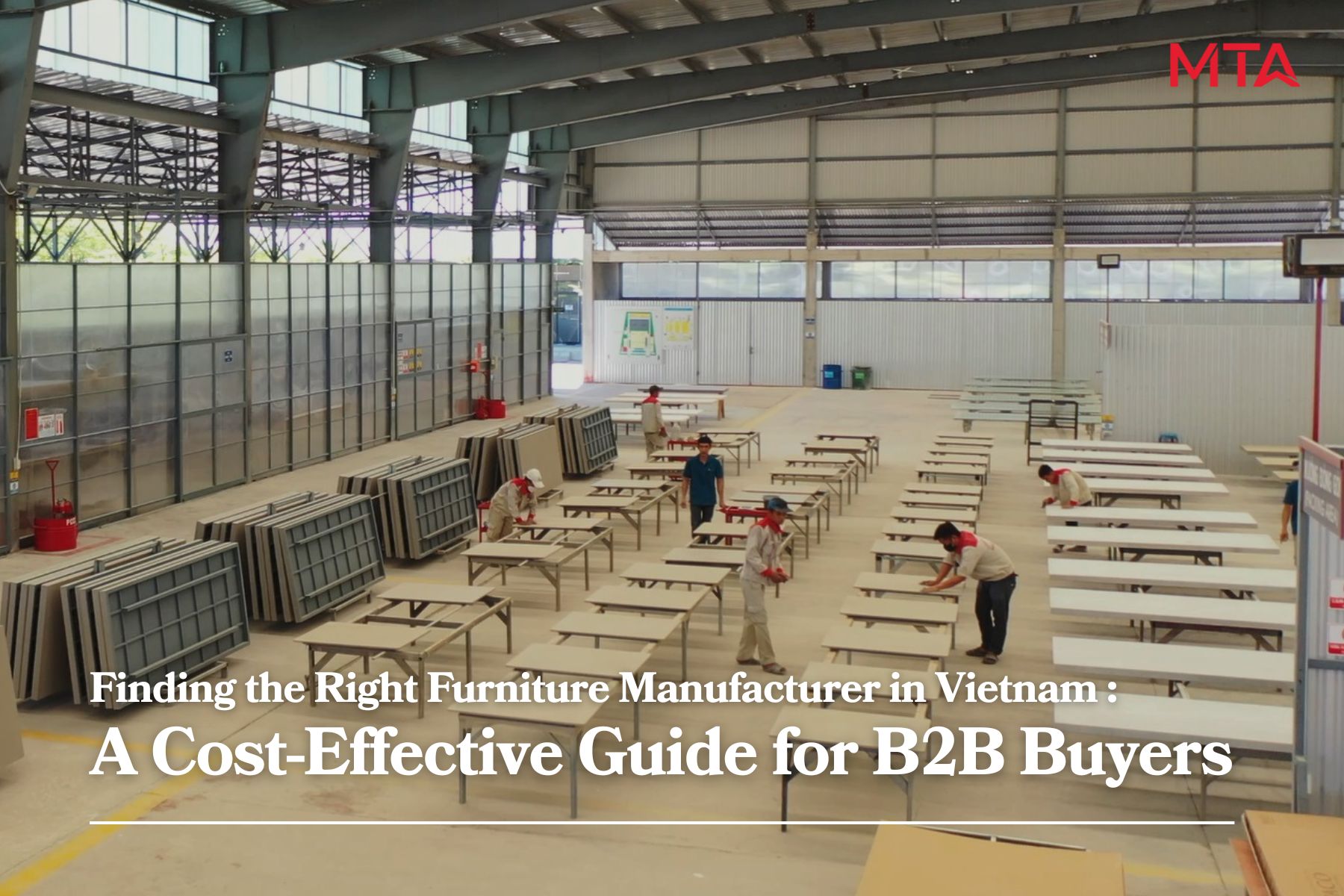As the global electronics industry undergoes structural changes driven by geopolitical shifts, cost pressures, and supply chain resilience, Vietnam is quickly becoming a preferred destination for PCB production and PCBA manufacturing. Global electronics brands — from consumer tech firms to industrial device manufacturers — are increasingly relocating or expanding their production footprint to Vietnam. This trend is not merely a short-term response to disruptions, but a strategic move aligned with long-term operational goals.
Vietnam’s Strategic Position in the Electronics Supply Chain
Vietnam’s rise as a manufacturing powerhouse is no accident. Over the past decade, the country has implemented wide-ranging reforms, upgraded its industrial capabilities, and welcomed billions of dollars in FDI to develop a robust ecosystem for electronics production. Today, it is not only a cost-effective alternative to China, but also a reliable and scalable hub for turnkey PCB and PCBA solutions.

Key Drivers Behind the Shift
Here’s a breakdown of why global electronics brands are making the move to Vietnam — from a supply chain strategist’s perspective:
● Competitive Total Cost of Ownership (TCO)
Vietnam offers more than just low labor costs. Brands realize significant savings on utilities, factory rental, and logistics when compared to traditional hubs like China or Taiwan. Moreover, Vietnam’s numerous FTAs (Free Trade Agreements) allow for lower tariff barriers when exporting to markets such as the U.S., EU, and Japan.
● Supply Chain Diversification for Resilience
The COVID-19 pandemic and ongoing U.S.-China tensions have exposed the risks of concentrated manufacturing. Relocating PCB production in Vietnam is part of a broader China+1 strategy — reducing dependency on a single market while retaining proximity to regional suppliers in Southeast Asia.
● Rising EMS Capabilities and Quality Standards
Vietnamese PCBA factories are no longer limited to basic assembly. Many facilities now support:
- SMT placement of 0201-size components
- AOI (Automated Optical Inspection), X-ray and ICT (In-Circuit Testing)
- MES (Manufacturing Execution Systems) for real-time process control
- Clean room assembly for medical and automotive electronics
This technological maturity allows OEMs to entrust Vietnam-based EMS providers with full product lifecycle management, from prototyping to mass production.
● Growing Local Ecosystem of Suppliers
The increasing ability to source locally — from passive components to injection molded parts — contributes to shorter lead times and fewer customs dependencies. Local procurement rates for standard BOM items are now reaching 60–70% for many PCBA manufacturers in Vietnam.

● Policy Support and High-Tech Incentives
Vietnam’s government has rolled out incentives for high-tech investment, especially in electronics and semiconductors. Key initiatives include:
- Tax breaks for hi-tech parks and EMS exporters
- Skills development programs for electrical engineers
- Partnerships with Korean and Japanese investors to transfer manufacturing know-how
Emerging Role of Vietnam in Global Tech Strategy
Vietnam is no longer seen as just a low-cost manufacturing base — it is actively shaping its identity as a critical player in the global electronics value chain. With increasing investment in R&D centers, semiconductor OSAT (Outsourced Semiconductor Assembly and Test) facilities in northern provinces like Bac Ninh and Thai Nguyen, and strategic support from major players such as Amkor Technology and Hana Micron, Vietnam is positioning itself as an innovation-supporting environment. The government has also partnered with South Korea and Japan to upskill local engineering talent and attract upstream semiconductor suppliers — a move that complements the country’s growing strength in PCBA and EMS capabilities.
Global brands are not only shifting production to Vietnam to reduce cost, but also to leverage local expertise for co-engineering, DFM (design for manufacturing), and faster time-to-market.

Real-World Case Study
To better understand how Vietnam is enabling world-class PCBA production, watch our factory tour video inside a leading EMS provider:
This video showcases the advanced manufacturing processes, modern SMT lines, and the rigorous testing procedures that global brands rely on to ensure product quality and speed to market.
What’s Next for Global Brands?
From small-batch prototyping to high-volume rollouts, Vietnam is now capable of supporting international electronics companies at every stage of production. Brands looking to scale with flexibility, ensure IP protection, and maintain cost control are finding Vietnam’s PCBA industry an ideal match.
With robust SMT lines, quality control systems, and comprehensive turnkey services, Vietnam’s EMS providers are delivering solutions that meet the demands of global electronics players — not just in cost, but in quality and speed to market.
As the global race to localize supply chains continues, the brands that move early will benefit the most from Vietnam’s maturing infrastructure and preferential trade relationships. With the ability to support both legacy and next-gen products — from IoT modules to EV components — Vietnam is well-positioned to become a permanent fixture in the global electronics map.



